One of the many people impacted by these policies is Kilmar Abrego Garcia , a 29-year-old father who was wrongfully deported to El Salvador despite legal protections. Kilmar, who fled gang violence as a teenager, had built a life and family in the U.S. His deportation sent him to a dangerous detention center in El Salvador. This highlights how these immigration laws don’t only harm immigrants but also U.S. citizens. These policies disrupt families and communities, causing widespread pain and revealing a broken system that fails to consider the human toll.
After being convicted of over 30 felonies in 2024, Donald Trump is back in the White House for his second presidential term.
He has signed over 112 executive orders with many of those being signed the day of his inauguration. Trump’s plans highlight a strong focus on immigration and cultural policies. His aggressive approach includes mass deportations and enhanced border security, which he claims are necessary to address illegal immigration and national security concerns. These policies involve ending asylum for illegal border-crossers and stricter screening of visa applicants.
Trump also issued an executive order affirming the recognition of only two genders, a move that aligns with traditional views. However, it’s interesting that this was prioritized within the first week of his presidency, especially with so many more pressing issues to address, like the economy, an issue Trump spoke out about numerous times during his campaign. Gender definition diverts attention from the more immediate challenges the country faces. According to the White House’s website, the order is set to “defend women’s rights and protect freedom of conscience by using clear and accurate language and policies that recognize women are biologically female, and men are biologically male.” While the objective of this order makes sense, its language is hypocritical and ironic considering President Trump appointed three Supreme Court Justices that overturned Roe v. Wade, a decision that directly threatens, rather than defends, “women’s rights” every day.
A third executive order, which focuses on expanding educational opportunities for some American families, could be a beneficial move for those who want their children to receive education in line with their values. “Parents want and deserve the best education for their children. But too many children do not thrive in their assigned, government-run K-12 school,” claimed the White House on their website before adding that “geographically based school assignments exacerbate the cost of housing in districts with preferred schools, straining the finances of millions of American families sacrificing for their children’s futures.”
The order further suggests that “well-designed education-freedom programs improve student achievement and cause nearby public schools to improve their performance,” claiming that expanding school choice benefits not only private school access but also public school systems. By prioritizing education freedom, the order supports families in choosing the educational environment that aligns with their values if they have the financial capabilities.
Parents across the nation who have invested in a 529 education savings plan to prepare for their children’s college, will be able to “withdraw up to 10,000 tax-free per year … to cover public, private, or religious K-12 schooling costs,” according to the White House. However, Trump will have to call on congress to pass the School Choice Now Act before this order goes into effect.
Overall, while some of Trump’s executive orders may benefit certain groups, many raise ethical concerns or distract from issues that affect everyday Americans—especially students. At the high school level, concerns like rising lunch prices, underfunded classes, and college affordability feel far more urgent than debates over gender definitions or immigration raids. These executive orders might make headlines, but they do little to address the real struggles students and their families face every day.



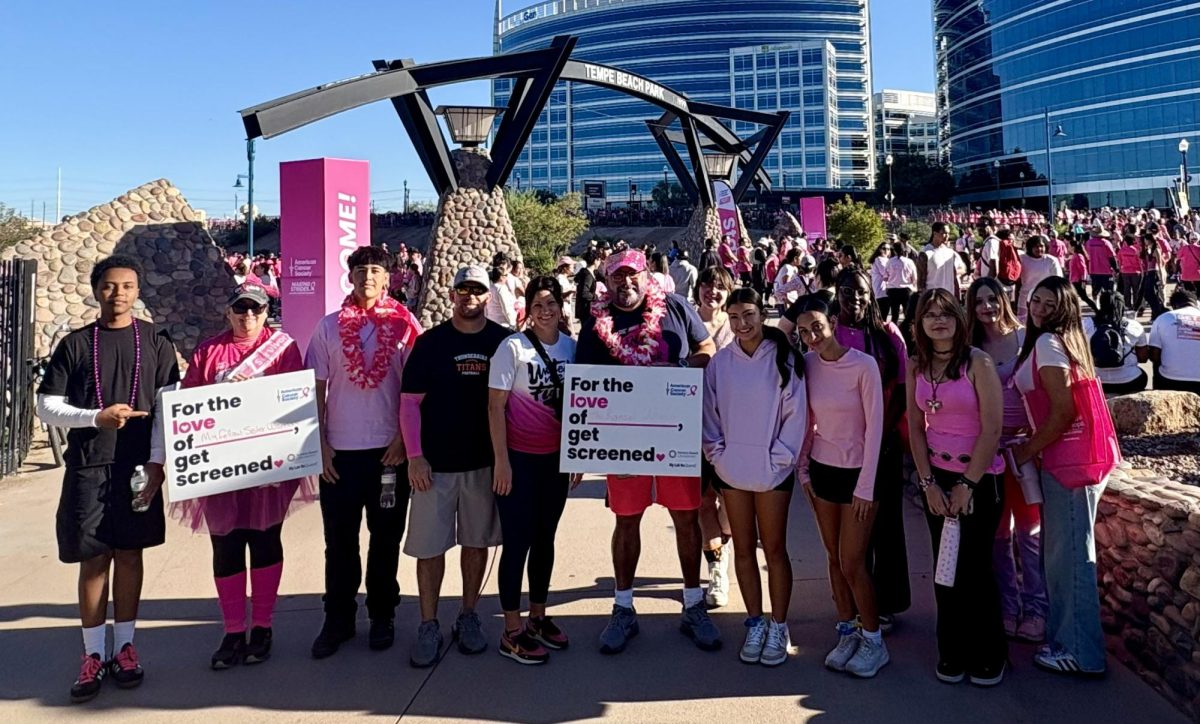


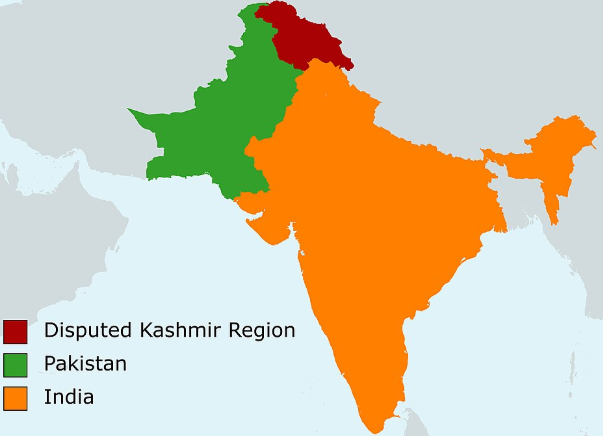















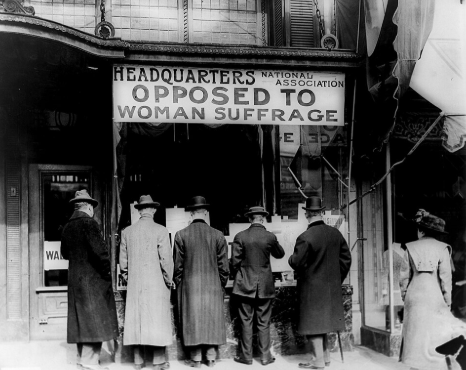



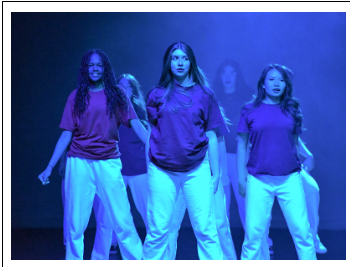



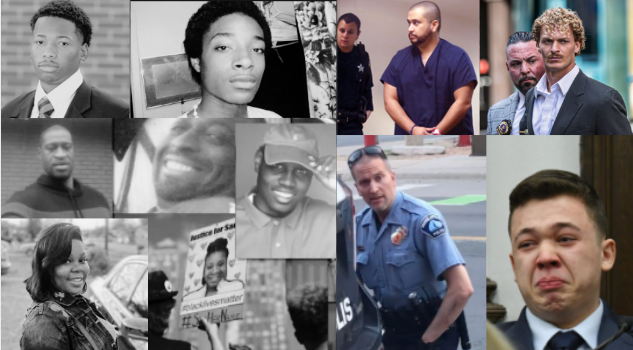



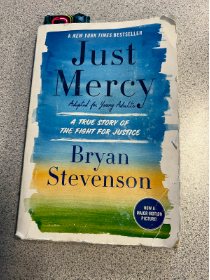




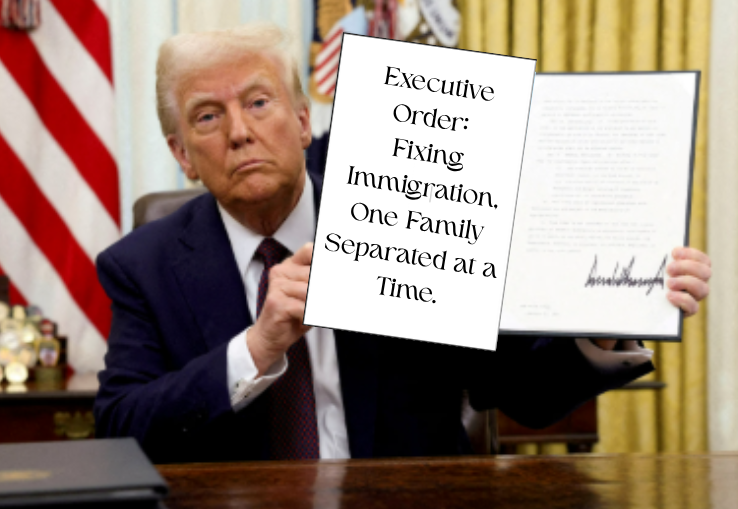

Peter Pagnotta • May 1, 2025 at 9:56 am
This was an excellent read and very well written. You definitely have the ability to become a writer if that is the career path you choose.
Carley Brown • May 2, 2025 at 10:31 pm
Thank you so much,that means a lot to me. Writing is something I’m truly passionate about, and encouragement like this makes the journey even more meaningful.
Kyle Wong • Apr 25, 2025 at 9:48 am
It’s scary to think that people we know may be affected by these policies
Carley Brown • May 2, 2025 at 10:29 pm
Absolutely!! It really brings the impact of these issues close to home. Thank you for reading.
Mertens • Apr 23, 2025 at 2:29 pm
This is a good read. Very insightful.
Carley Brown • May 2, 2025 at 10:26 pm
Thank you!
Daryl Little • Apr 23, 2025 at 11:54 am
Carley, I appreciate your write-up on current events. I enjoyed reading it. Thank you for playing it down the middle. Politics can get ugly, but you did a good job being non-biased.
Carley Brown • May 2, 2025 at 10:26 pm
Thank you so much Mr. Little, I really appreciate your thoughtful feedback!!
Holly Monchamp • Apr 23, 2025 at 11:15 am
Well written, hope to see you right next to the AP at the White House or working for them someday.
Keep up the great work.
Carley Brown • May 2, 2025 at 10:22 pm
Thank you so much! That’s incredibly encouraging! I truly appreciate your support and hope to keep growing toward that kind of opportunity.
Luisa Coss • Apr 22, 2025 at 2:17 pm
Thank you, Carley for the time and courage you took to write this article in such an important matter now adays. I love it.
Ms Coss
Carley Brown • May 2, 2025 at 10:21 pm
You’re very welcome! I’m so glad the article resonated with you—it means a lot to hear that. Thank you for your kind words and support!
Andrea Escudero • Apr 22, 2025 at 1:30 pm
Nice job!
Carley Brown • May 2, 2025 at 10:16 pm
Thank you Ms. Escudero!
Sabrina • Apr 21, 2025 at 4:28 pm
Awesome read. I love how your articles provide clarity with detailed information. Keep ‘em coming!
Carley Brown • May 2, 2025 at 10:16 pm
Thank you!!
M • Apr 21, 2025 at 12:43 pm
Great article!
Carley Brown • May 2, 2025 at 10:15 pm
Thank you!